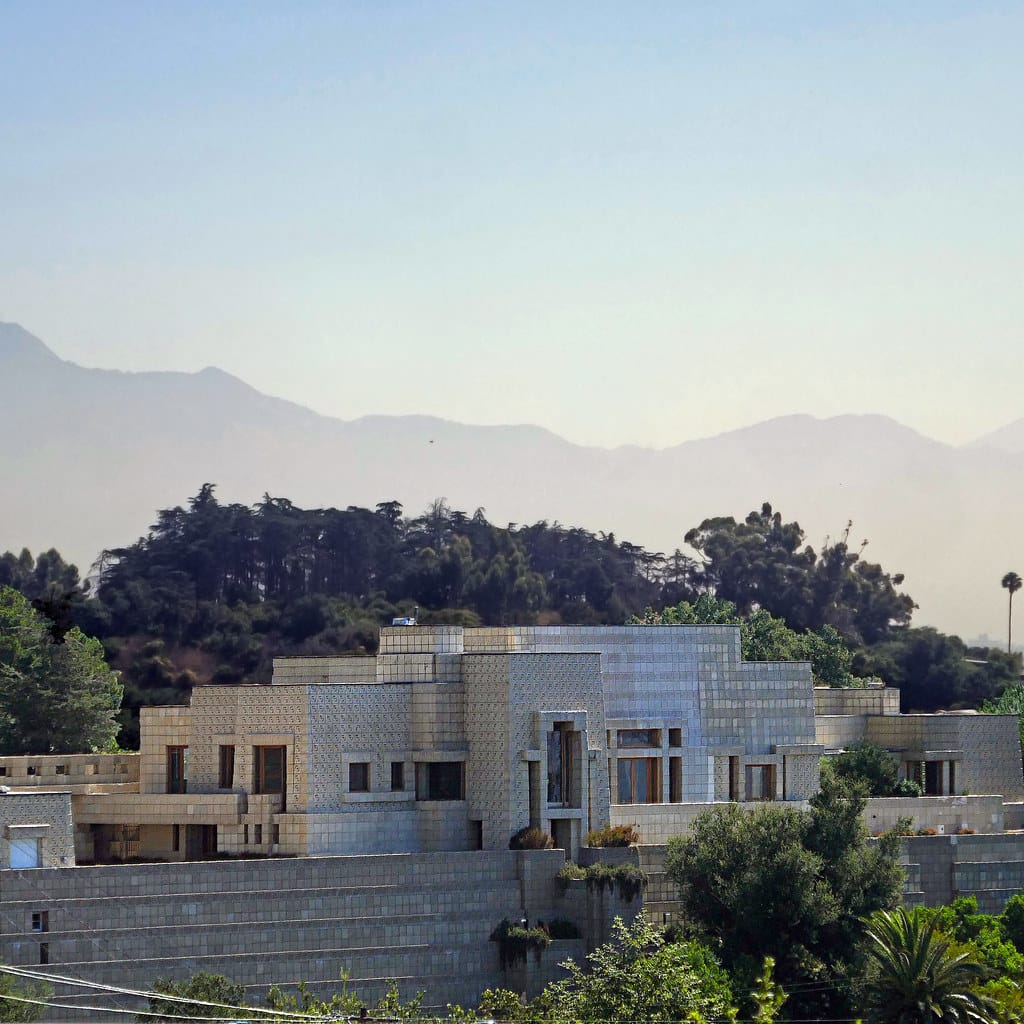How Your Neighborhood Design Determines How Much You Move: Groundbreaking Study Reveals the Hidden Health Impact of Our Built Environment
A massive new study spanning entire countries has uncovered compelling evidence that the way we design our neighborhoods, cities, and transportation systems directly influences how physically active residents become—with profound implications for public health policy and urban planning worldwide.
The Largest Real-World Experiment on Movement
Researchers conducted what they're calling a "natural experiment" by analyzing physical activity patterns across diverse built environments in multiple countries. Unlike controlled laboratory studies, this research examined real people living their daily lives in different neighborhood designs, from car-dependent suburbs to walkable urban centers.
The findings are striking: residents in well-designed, pedestrian-friendly environments consistently showed 23-40% higher levels of daily physical activity compared to those in car-centric areas. This isn't just about gym memberships or weekend sports—it's about the movement woven into ordinary life through walking to work, cycling to the store, or taking stairs instead of elevators.
The Architecture of Activity
Walkable Neighborhoods Drive Movement
The study identified key environmental factors that promote physical activity. Neighborhoods with high "walkability scores"—featuring connected sidewalks, mixed-use development, and destinations within walking distance—showed the strongest correlation with active residents.
In Copenhagen, where 41% of residents bike to work daily thanks to extensive cycling infrastructure, researchers found significantly higher baseline fitness levels compared to similar demographics in car-dependent cities. Meanwhile, Atlanta residents in sprawling suburban areas averaged just 2,000 steps per day compared to 8,000 steps for those in walkable neighborhoods.
Transit Systems as Fitness Infrastructure
Public transportation emerged as an unexpected fitness catalyst. Cities with robust transit networks saw residents averaging an additional 19 minutes of walking daily simply through accessing buses, trains, and subway stations. This "incidental exercise" accumulated to meaningful health benefits over time.
Breaking Down Barriers to Movement
The Income-Activity Connection
The research revealed troubling disparities: higher-income neighborhoods consistently featured better pedestrian infrastructure, more parks, and safer walking conditions. Low-income areas often lacked basic sidewalks, crosswalks, and green spaces—creating what researchers termed "activity deserts."
In Detroit, for example, affluent areas averaged 12 parks within a 10-minute walk, while lower-income neighborhoods had fewer than 3. This infrastructure gap translated directly into measurable differences in resident fitness levels and related health outcomes.
Age-Friendly Design Matters
The study found that seniors were particularly sensitive to built environment quality. Well-designed spaces with benches, accessible crossings, and smooth walking surfaces kept older adults active longer. In contrast, poorly maintained sidewalks and lack of resting spots significantly reduced mobility among aging populations.
Policy Implications and Solutions
Rethinking Development Priorities
These findings challenge conventional development patterns that prioritize car access over human movement. Cities implementing "complete streets" policies—designing roads for pedestrians, cyclists, and transit users alongside cars—saw rapid improvements in community activity levels.
Portland's investment in bike lanes and pedestrian infrastructure contributed to a 30% increase in active commuting over five years, while simultaneously reducing obesity rates in affected neighborhoods.
The Economic Case for Active Design
Beyond health benefits, the research highlighted economic advantages of activity-promoting design. Healthcare costs dropped measurably in communities with higher baseline physical activity, while property values increased in walkable neighborhoods. Businesses in pedestrian-friendly areas reported higher foot traffic and sales.
Building Movement into Daily Life
The study's most powerful insight is that sustainable physical activity doesn't require gyms or structured exercise programs—it requires thoughtful design that makes movement the natural, convenient choice for daily tasks.
Simple interventions showed remarkable results: adding crosswalks increased pedestrian activity by 15%, while locating transit stops near residential areas boosted ridership and associated walking by 25%.
The Path Forward
This research provides a roadmap for healthier communities. As urban populations grow and sedentary lifestyles contribute to rising chronic disease rates, the built environment emerges as a crucial public health tool.
The evidence is clear: our neighborhoods, streets, and public spaces aren't just aesthetic choices—they're health interventions. By designing communities that naturally incorporate movement into daily life, we can address physical inactivity at the population level while creating more vibrant, economically robust places to live.
The question isn't whether people want to be more active—it's whether we'll build environments that make activity inevitable.
